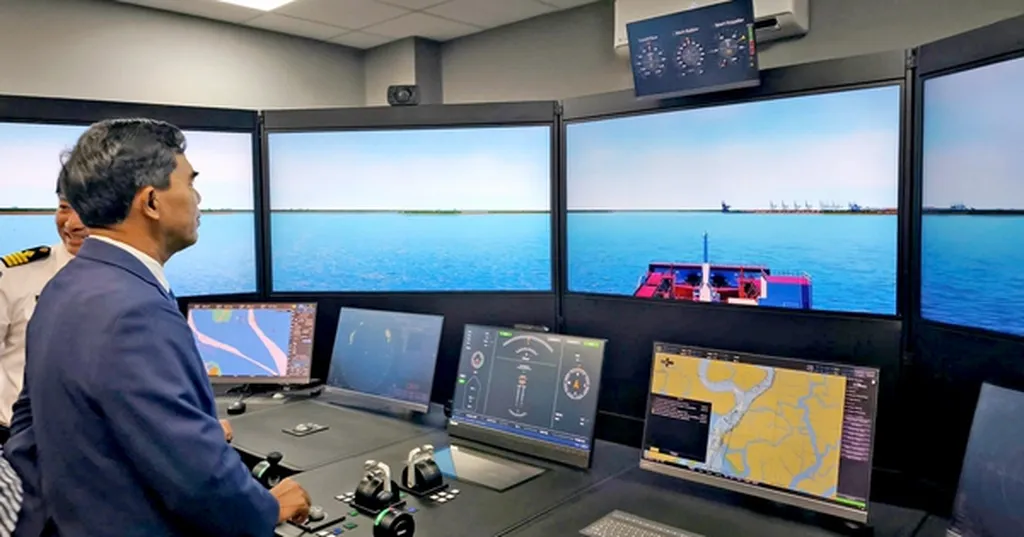In a move set to reshape maritime training in the region, Vietnam and the Netherlands have jointly inaugurated a cutting-edge maritime training simulator system in Ho Chi Minh City. The facility, launched by UT STC—a joint venture between the University of Transport Ho Chi Minh City and the Dutch training group STC—is a game-changer, equipped with state-of-the-art technology designed to elevate the skills of Vietnamese seafarers.
At the heart of the new center are two Dutch-standard bridge simulators, offering immersive 240- and 360-degree views. These simulators feature multiple vessel models and realistic training scenarios, spanning both Vietnamese and international waters. The inclusion of a Kongsberg engine room simulator further enhances the training experience, closely mimicking the complexities of machinery spaces, control rooms, and high-voltage systems. The facility also boasts cargo handling simulators, Electronic Chart Display and Information Systems (ECDIS), and Global Maritime Distress and Safety Systems (GMDSS) simulators. Additionally, areas dedicated to survival and firefighting training meet the rigorous Standards of Training, Certification, and Watchkeeping (STCW) requirements.
The opening event was graced by Dutch Minister for Foreign Trade and Development Cooperation, Aukje de Vries, who underscored the significance of the simulator in strengthening the maritime partnership between Vietnam and the Netherlands. “This facility is a testament to our long-standing collaboration and shared commitment to advancing maritime training,” Minister de Vries remarked. She emphasized the Dutch government’s dedication to facilitating technology transfer and enhancing training that aligns with international standards. This commitment is poised to provide Vietnamese students with invaluable hands-on training opportunities, significantly boosting their skills and qualifications as seafarers in the global shipping industry.
The establishment of this advanced training center is a strategic investment in the future of maritime education in the region. By producing highly qualified maritime professionals, Vietnam aims to bolster its position in the maritime sector, meeting the demands of the international market. This initiative not only exemplifies the robust collaboration between Vietnam and the Netherlands but also sets a new benchmark for maritime training and education. As the global shipping industry evolves, such partnerships and investments will be crucial in developing a skilled workforce capable of navigating the challenges and opportunities ahead.

